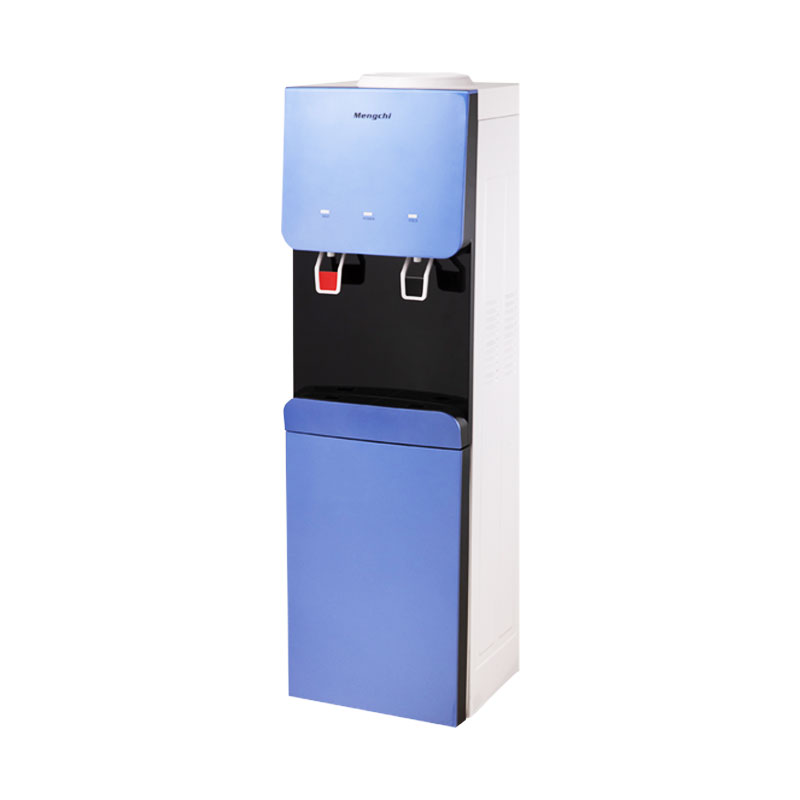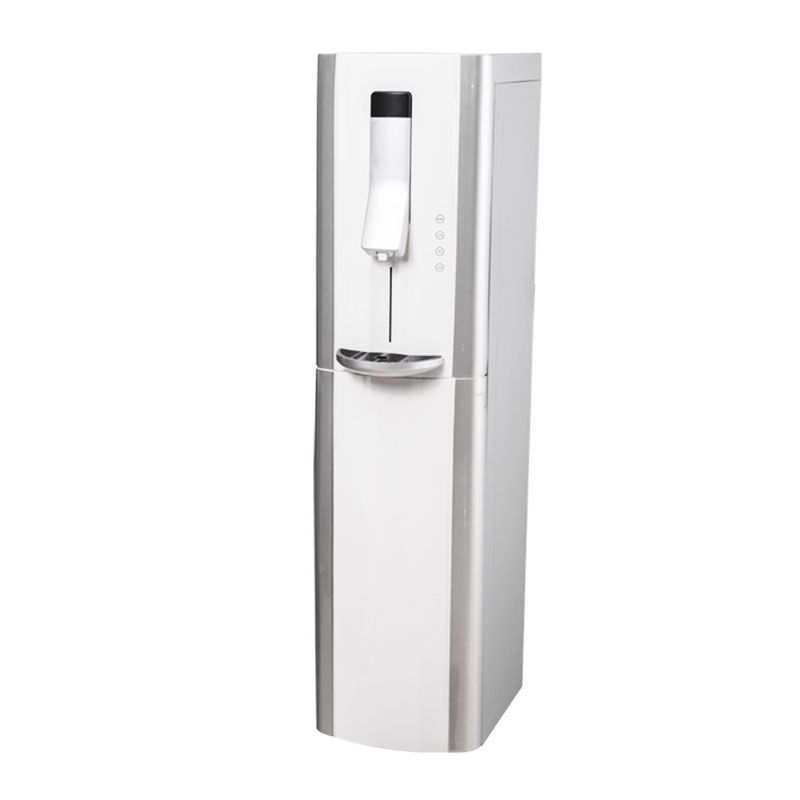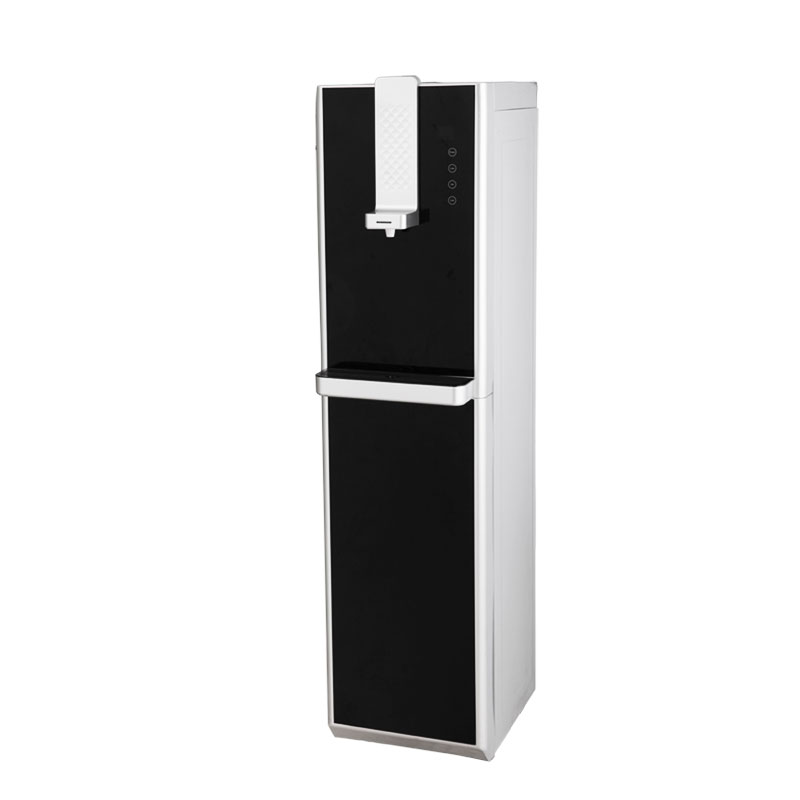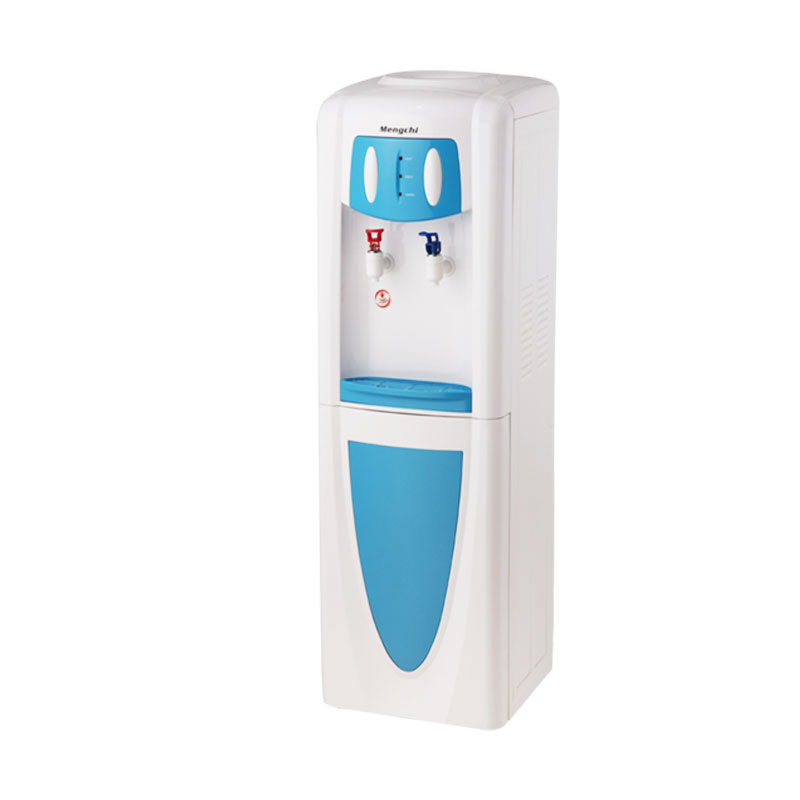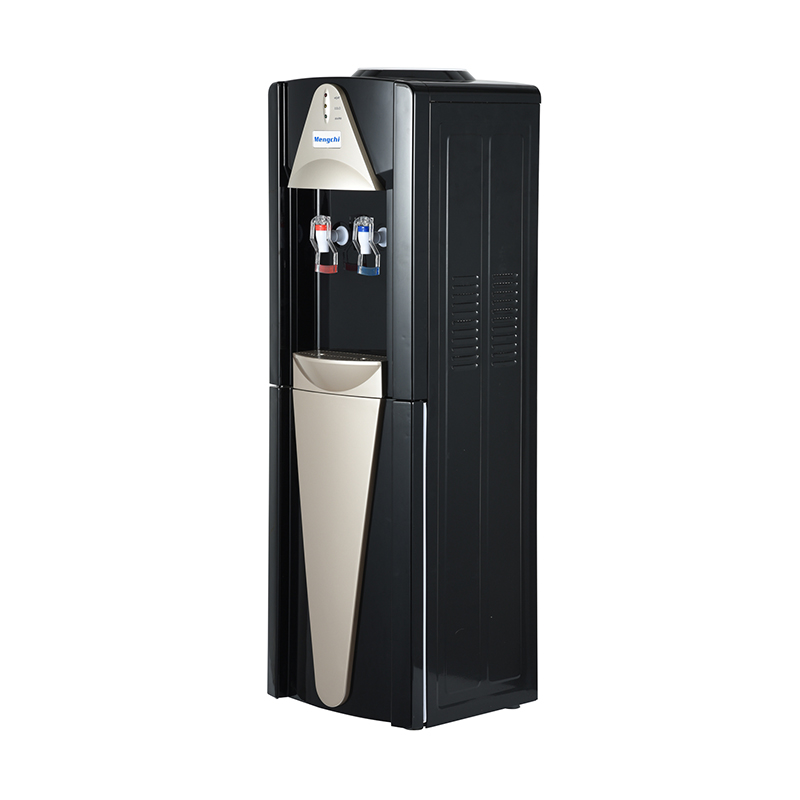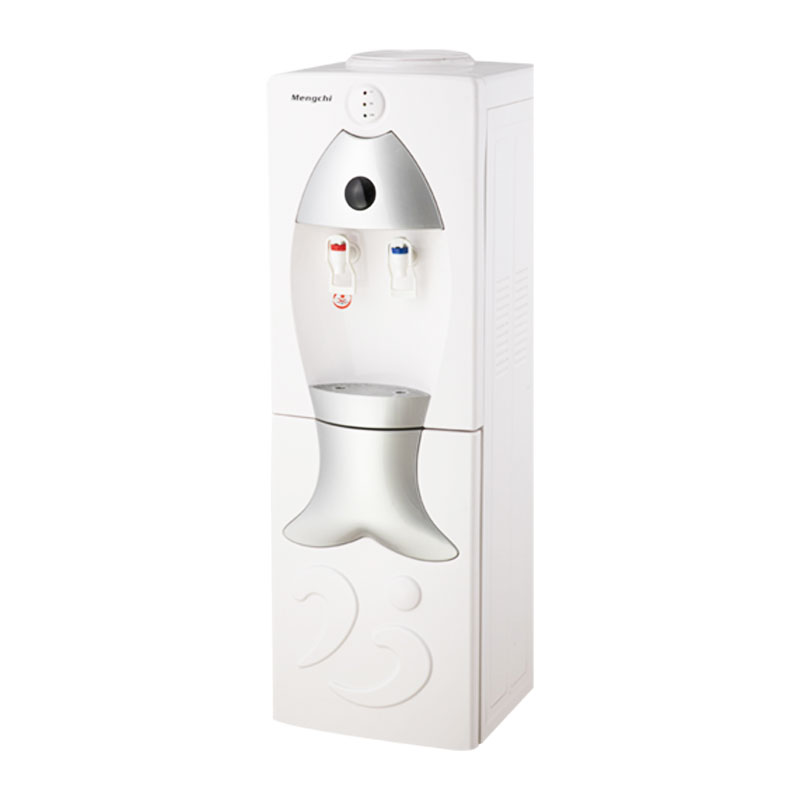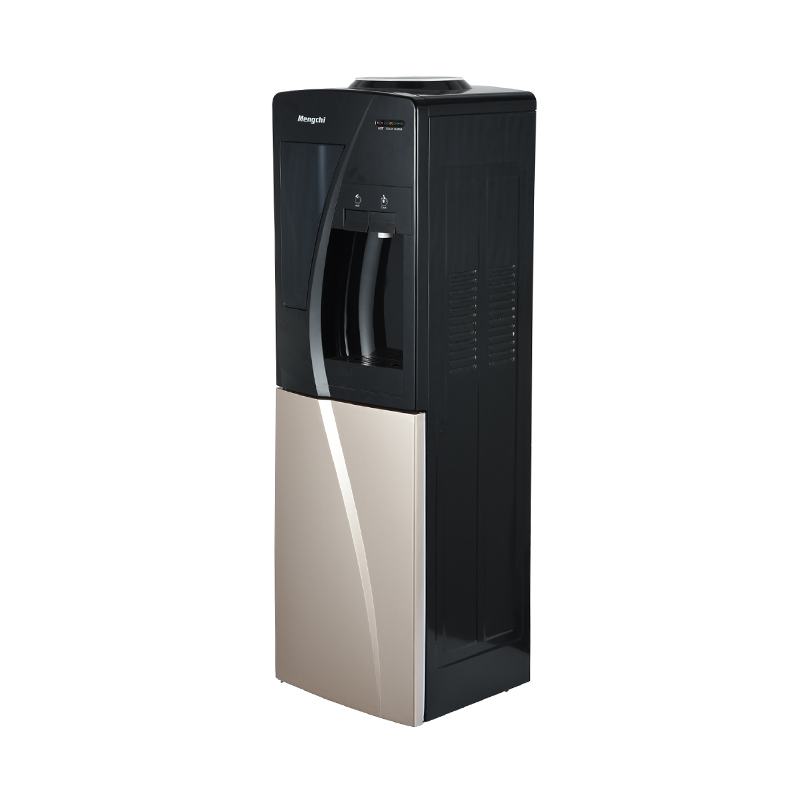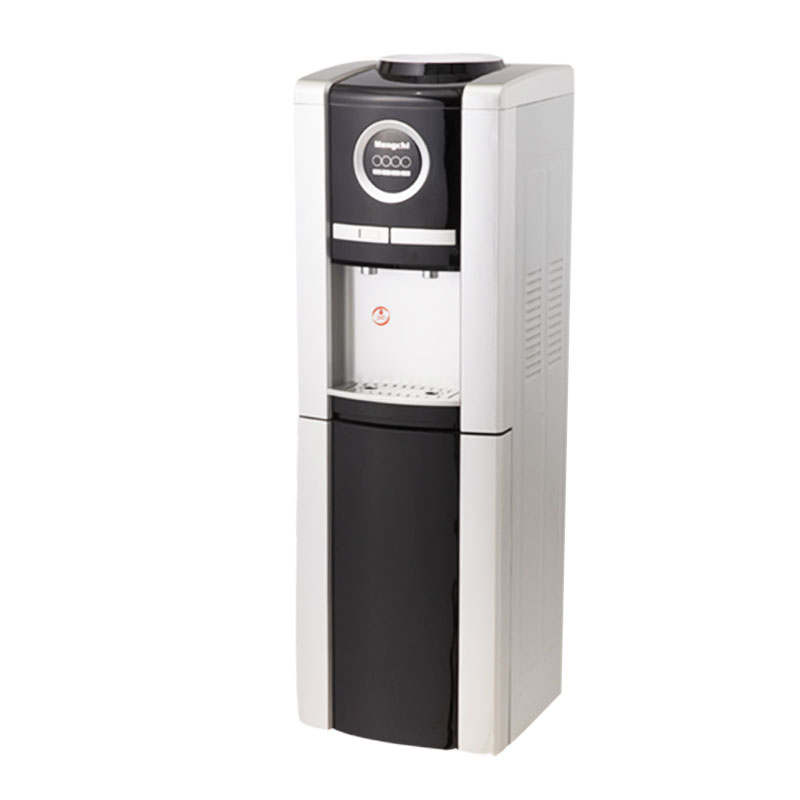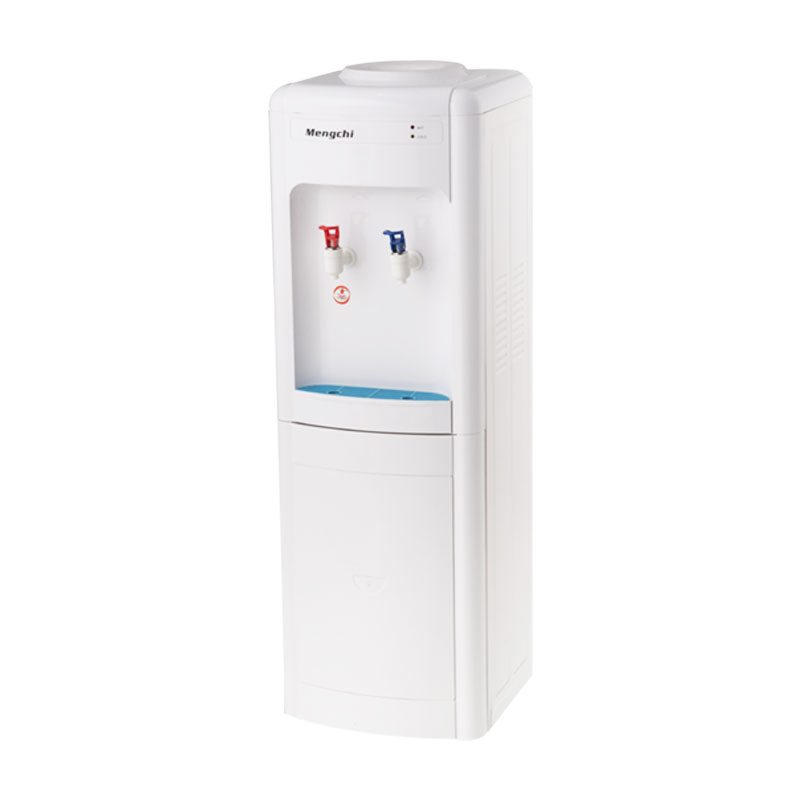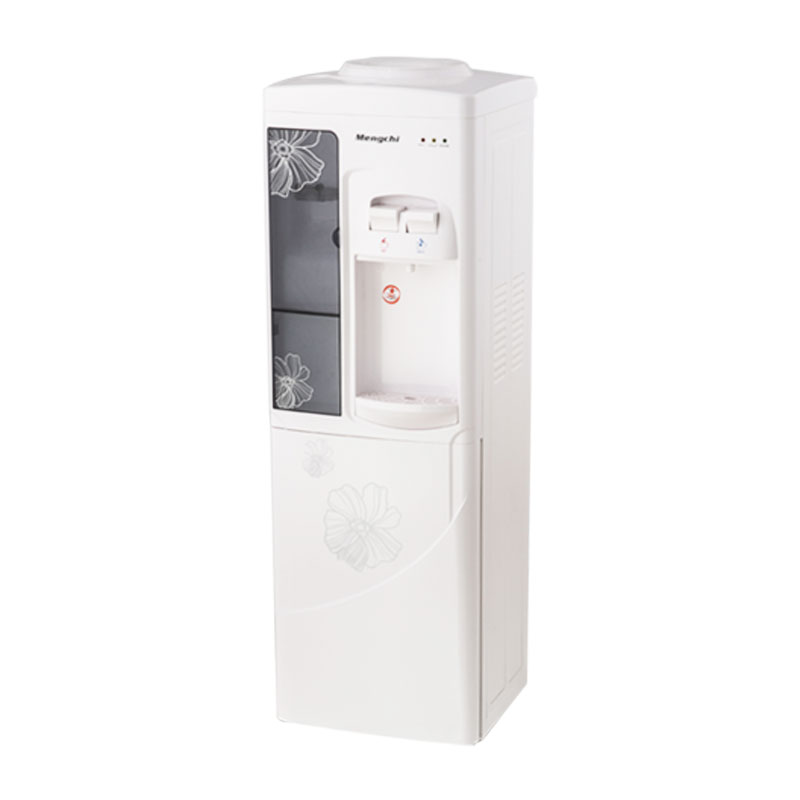The cooling and heating systems of water dispensers are key components in ensuring the provision of drinking water at the right temperature. Regular cleaning of these systems is critical to maintaining water dispenser performance, extending service life, and ensuring drinking water safety.
Cooling system cleaning:
Disconnect power and water: Before cleaning, you should first disconnect the power to the water dispenser and cut off the water supply.
To remove cooling system components: Open the cooling system casing or panels according to the water dispenser model and manufacturer's guidelines. Disassemble the main components of the cooling system, such as cooler, radiator, etc.
Clean the radiator: Use a hair dryer or compressed air to clean the surface of the radiator to ensure that dust and impurities on the radiator are completely removed. A clogged radiator will affect cooling performance, so cleaning it is a very important step.
Check the cooling fan: If the water dispenser is equipped with a cooling fan, check the operating status of the fan. Make sure the fan blades are not clogged and the motor is operating properly. Clean the dust on the fan to maintain good cooling effect.
Clean the Cooler: The cooler is the core part of the cooling system. Clean the cooler using a special cleaning fluid or mild detergent according to the manufacturer's recommendations. Make sure to use appropriate protection during cleaning to prevent damage to sensitive cooler surfaces.
Check cooling system seals: Check the cooling system seals to make sure there are no leaks. If leaks are found, the seals need to be repaired or replaced in time to prevent refrigerant leakage.
Heating system cleaning:
Disconnect power and water: As with cleaning the cooling system, disconnect power to the water dispenser and shut off the water supply before cleaning the heating system.
To remove heating system components: Open the heating system casing or panels according to the water dispenser model and manufacturer's guidelines. Disassemble the main components of the heating system, such as heating elements, thermostats, etc.
Clean the heating element: Use a soft brush or damp cloth to clean dust and deposits from the surface of the heating element. Make sure the surface of the heating element is clean and free of dirt to increase heating efficiency.
Check the thermostat: Check the accuracy and operating status of the thermostat. If the thermostat is found to be malfunctioning or inaccurate, it will need to be repaired or replaced to ensure the water is heated to the proper temperature.
Check the heating system circuits: Check the heating system circuits and connections to make sure they are not damaged or loose. Repair or replace any damaged circuit components.
Clean the water tank and water pipes: Clean the remaining materials in the water tank and the sediment in the water pipes. Use a mild detergent to clean the tank and make sure the inside of the tank and water pipes are clean and free of contamination.

